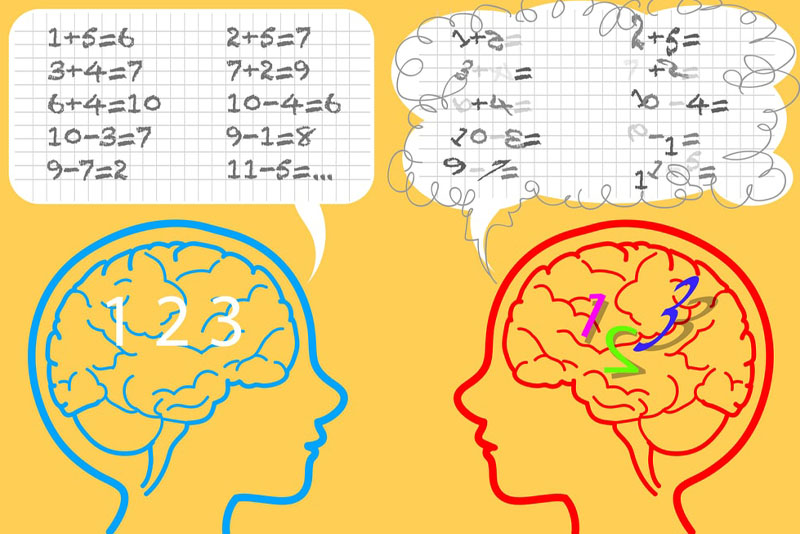The following passage is about dyslexia. You have one minute to read this, but you are not allowed to re-read any of the words. Go!
The bottob line it thit it doet exitt, no bitter whit nibe teotle give it (i.e. ttecific leirning ditibility, etc). In fict, iccording to Tilly Thiywitz (2003) itt trevilence it ictuilly one in five children, which it twenty tercent.
How was that? Did you stumble on some words? Did you skip words and or substitute with “whatever” or “something?” Based on my ownexperience, I am going to guess this was not easy for you.
I will guess that if I asked you to read this in front of your peers, who are prone to judgment, you would feel anxious. I am also going to guess that if I asked you to tell me what you learned from the passage, you wouldn’t be able to recall any important information.
You just experienced dyslexia for one minute. During that minute, the passage slowed you down and forced you to pronounce words that didn’t seem to make any sense and weren’t familiar. You knew
they were wrong, but you read them anyway. And how about that time factor? Did you feel pressed for time? If you were in a classroom full of your peers and I asked you to read this aloud and then asked comprehension questions, would your heart rate go up? Would you suddenly have to use the restroom? Or perhaps you suddenly got a stomachache? This is dyslexia.
Let’s debunk a few of the myths and misconceptions right now.
Dyslexia is not:
- Seeing letters or words backward (In fact, reversing letters and words is developmentally normal through the first grade.)
- Outgrown
- A result of laziness or lack of motivation
- A visual issue.
It is characterized by:
- Difficulties with accurate and/or fluent word recognition and by poor spelling and decoding abilities.
- These difficulties typically result from not understanding the phonological component of a language, like remembering sounds, the sound patterns, rhyming, memory of words etc
- Other problems could be in reading comprehension and not being able to understand what is being read. This can hinder growth of vocabulary.
- Most students with Dyslexia will receive the reading and writing help they need outside of the general education classroom, but there are many things a teacher / parent can do to help students with Dyslexia not only avoid situations, but thrive in a classroom and at home.
- Here is a short video from TED-Ed that explains dyslexia in just four minutes: https://youtu.be/zafiGBrFkRM Please add this video with the article





